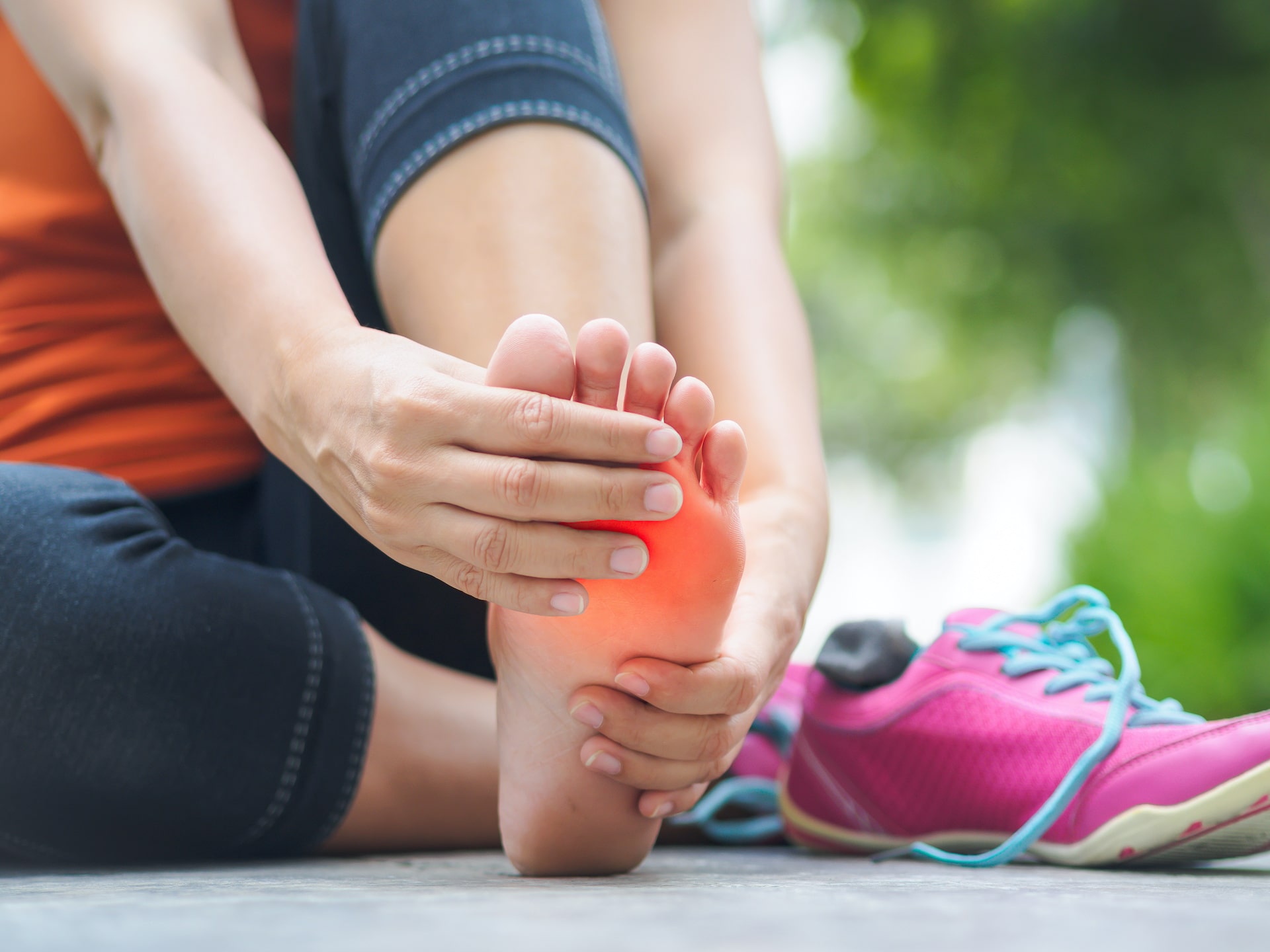Toe anatomy
Each of your toes is made up of several structures found throughout the body. They have bones, nerves, arteries, veins, tendons, and muscles.The bones of the toes, like those of the fingers, are called phalanges. The phalanges are connected to bones of the foot by tendons and muscles — allowing them to move and flex. In addition, the toes contain nerves that send a number of signals to the brain, including signals of pain when you injure them. The toes also have arteries and veins supplying them with nutrient rich blood.
The function of toes
The toes provide a few functions when they work properly. They support the weight of the body, and along with other structures of the feet, provide shock-absorbing properties when running, walking, or jumping. In addition, the toes also provide balance when walking, and provide the final push-through during a stride. Those who have lost toes to amputation, injury, or congenital defect are still able to walk without toes, but may find their gait somewhat impaired compared to those with normal foot anatomy.
Aside from stubbing a toe, some other common toe conditions and injuries include:
Turf toe
Turf toe is a sprain of the big toe during sports, and most frequently occurs due to the toe bending up beyond its normal range of motion. It is often an overuse injury that results in pain, swelling, and decreased range of motion.
Bunions and bunionettes
Bunions and bunionettes, also known as tailor’s bunions, are bony protrusions on the side of the foot that are located either at the base of the large toe or at the base of the small toe. They occur when the bones of the foot become misaligned — causing the bones to push outward at the joint and the affected toe to point inward.
Hammertoes
Hammertoes develop when one or more toes become contracted or bent at one or both toe joints. Over time, this bent position can become permanent. Hammertoes often result from an imbalance in muscle and tendon strength, although the condition may also be caused by injury or genetics.
Toe fractures
The toes account for almost two-thirds of the bones in the feet, and because of their position, are particularly susceptible to fractures or breaks. Although many toe fractures require little intervention, some are quite complex and can be made worse without proper intervention by a podiatrist.
Toe walking and pigeon toes
Toe walking and pigeon toes are most commonly seen in young children. Toe walking consists of walking up on the toes or balls of the feet, while pigeon toes involves walking with the feet pointing inwards. The conditions can sometimes be caused by muscular problems or neurologic disorders.
Your toes may be small, but they are also mighty. If your or your child is suffering from a toe or foot injury or problem, please call Kansas City Foot Specialists at (913) 338-4440. Helping you to understand, treat, and overcome toe, foot, ankle, or lower leg injuries and conditions is our pleasure.



